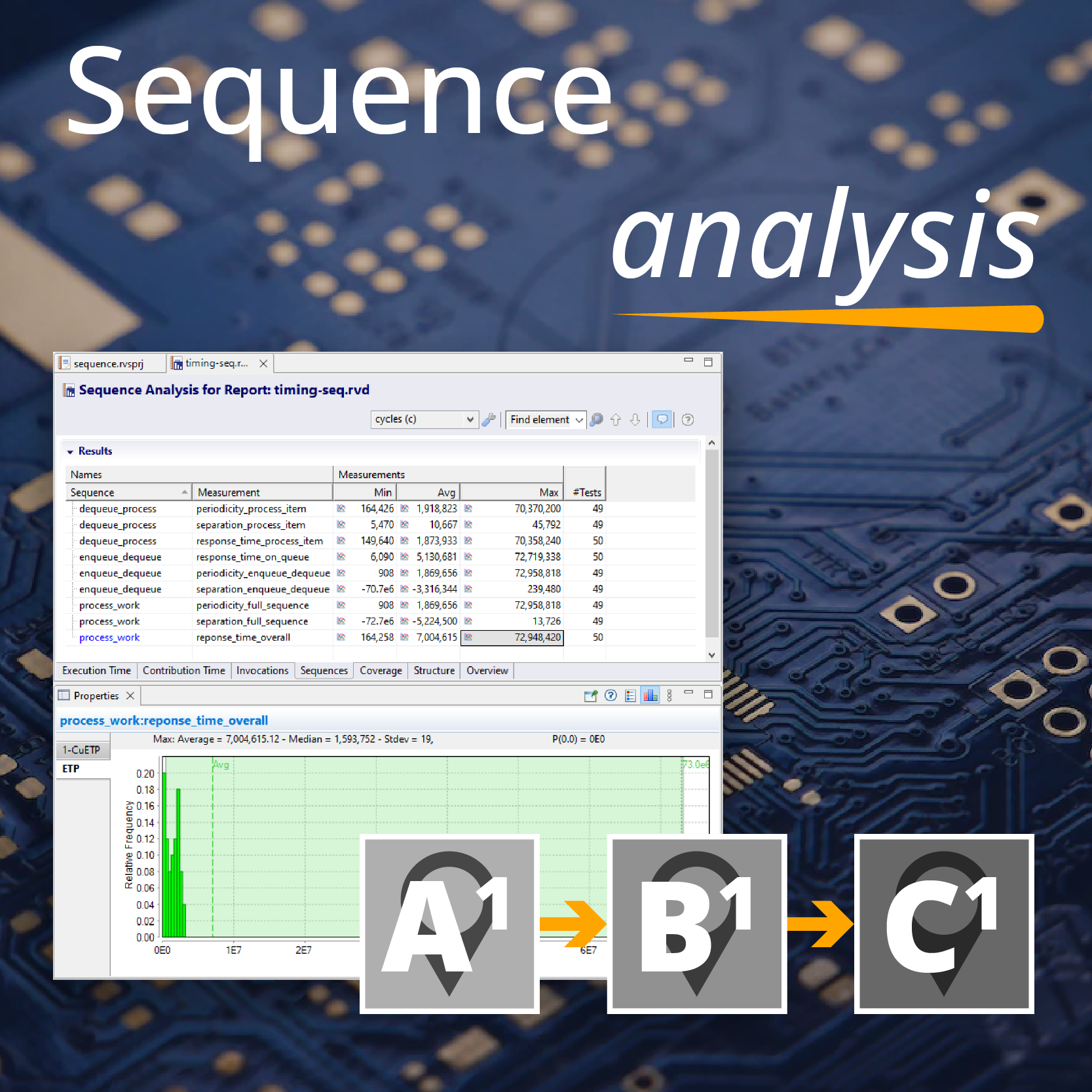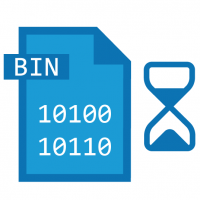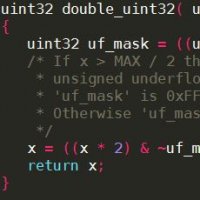Suppose you had to determine which of two timestamps occurred first. Clearly the “obvious“ approach is to use a simple numerical comparison, for example:
if (ts1 < ts2) {
ts1_first = TRUE;
} else {
ts1_first = FALSE;
}
In an embedded system, timestamps are often provided by counters linked to (for example) a system clock. In a typical configuration, these counters increment with every clock tick until they reach their maximum value then wraparound to zero. In many cases the range of the counters is very limited, for example a 16-bit counter is not uncommon. If this timer were linked to a 20MHz clock, a wraparound would occur approximately every 3.3ms.
In practice, this means that code which handles time comparisons must address the wraparound of timers.
When timer wraparound is a possibility, the “obvious” approach we've used above will not work – in fact it produces an intermittent fail (problems only arise when ts1 is read before the wrap and ts2 is read afterwards).
Finding a solution exposes some important constraints we need to impose on our application:
- This test relies upon the assumption that the maximum difference in time between ts1 and ts2 is less than half of the range of the counter (less than 32768 ticks in the case of a 16 bit counter).
- The variables used to record ts1 and ts2 are the same size as the counter (16-bits in the case our our example), and are unsigned.
The test is simply implemented as:
if ((ts2 – ts1) < COUNTER_RANGE/2) { ...So in a straightforward case, we might have:
ts1 = 0x11 and ts2 = 0x37
This gives 0x37-0x11 = 0x26, which is less than half the counter range (0x8000). If the values were switched, 0x11-0x37, when evaluated with unsigned arithmetic gives 0xffd9. So what happens when the counter wraps? The unsigned integer arithmetic handles this very nicely. For example, if we have ts1 = 0xfff3 and ts2 = 0x0004, the difference between the two values comes out at 0x11.
A slight problem occurs if the counter width is different to the integer size, for example a 12-bit counter. This is simply handled by masking unused bits out after the subtraction:
if ((ts2 – ts1) & 0x0fff) < COUNTER_RANGE/2 { ...The consequences of handling counter wraparound incorrectly are often intermittent and difficult to detect. Once the need for handling counter wraparound has been identified, it is a relatively simple thing to handle correctly, provided that you can be sure that you only ever compare timestamps that are within half the range of the counter.

 Rapita System Announces New Distribution Partnership with COONTEC
Rapita System Announces New Distribution Partnership with COONTEC
 Rapita partners with Asterios Technologies to deliver solutions in multicore certification
Rapita partners with Asterios Technologies to deliver solutions in multicore certification
 SAIF Autonomy to use RVS to verify their groundbreaking AI platform
SAIF Autonomy to use RVS to verify their groundbreaking AI platform
 RVS gets a new timing analysis engine
RVS gets a new timing analysis engine
 How to measure stack usage through stack painting with RapiTest
How to measure stack usage through stack painting with RapiTest
 What does AMACC Rev B mean for multicore certification?
What does AMACC Rev B mean for multicore certification?
 How emulation can reduce avionics verification costs: Sim68020
How emulation can reduce avionics verification costs: Sim68020
 How to achieve multicore DO-178C certification with Rapita Systems
How to achieve multicore DO-178C certification with Rapita Systems
 How to achieve DO-178C certification with Rapita Systems
How to achieve DO-178C certification with Rapita Systems
 Certifying Unmanned Aircraft Systems
Certifying Unmanned Aircraft Systems
 DO-278A Guidance: Introduction to RTCA DO-278 approval
DO-278A Guidance: Introduction to RTCA DO-278 approval
 Avionics Certification Q&A: CERT TALK (with Consunova and Visure)
Avionics Certification Q&A: CERT TALK (with Consunova and Visure)



















